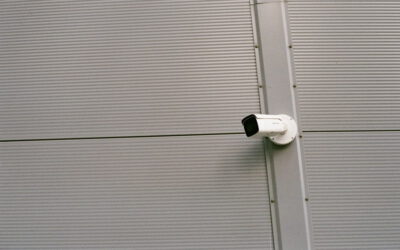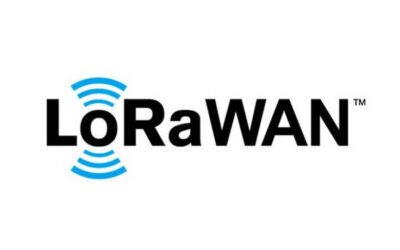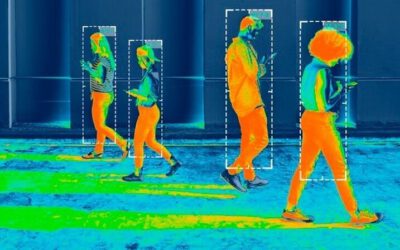Where can you use an ultrasonic motor?
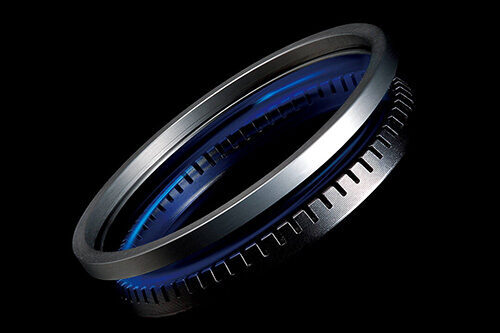
Whether you’re dealing with the adjustment of car steering wheel positions or high-end professional camera gear, today ultrasonic motors are every advanced company’s go-to technology. Its name comes from the ultrasonic vibrations of 20,000Hz (outside of a human’s sensing ability) which is created when the stator component is installed close to the rotor component in a rotational translation operational scheme. If the operational scheme is a linear translation, then a slider is placed against the stator. In the camera manufacturing industry, rotational translation is used, meaning that these parts work together to move various elements of a camera lens and aid the automatic focusing system. However, ultrasonic motors should never be confused with the more generalized concept of piezoelectric motors. Because although both of these motors tend to use materials such as lead zirconate titanate, lithium niobate, and other similar single-crystals, Ultrasonic motors are a subcategory of piezoelectric motors and can most commonly be found exclusively in the camera making industry.
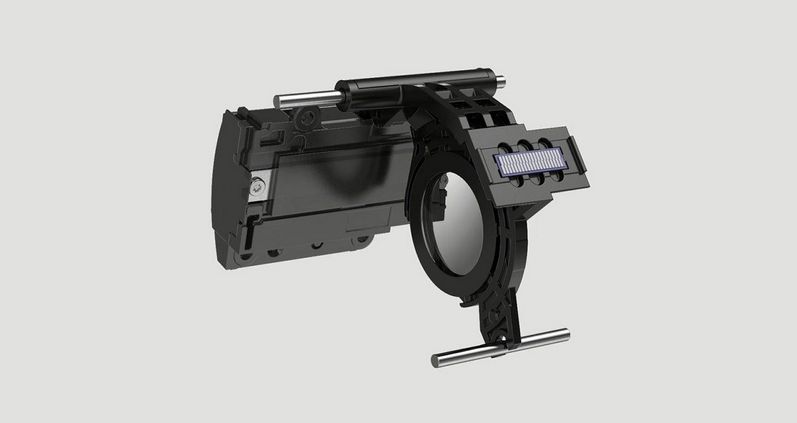 This technology is currently meant to create a significantly quieter and much faster replacement for the more commonly used micro-motors by removing the loud vibration motor factor. Meanwhile, piezoelectric motors, or otherwise known as piezo motors, can be found in numerous different fields from auto-focusing systems in cameras to electric windows, sunroofs, and motion precision control of special medical and research equipment and technologies like microscopes. On the basis of its core idea, a piezoelectric motor is simply intended to cause soundless motion created on small deformations of a material after the successful application of an electrical current. A distinct feature of ultrasonic motors is the fact that the peak of the generated vibration can have a relatively continuous vibration velocity no matter what the frequency is.
This technology is currently meant to create a significantly quieter and much faster replacement for the more commonly used micro-motors by removing the loud vibration motor factor. Meanwhile, piezoelectric motors, or otherwise known as piezo motors, can be found in numerous different fields from auto-focusing systems in cameras to electric windows, sunroofs, and motion precision control of special medical and research equipment and technologies like microscopes. On the basis of its core idea, a piezoelectric motor is simply intended to cause soundless motion created on small deformations of a material after the successful application of an electrical current. A distinct feature of ultrasonic motors is the fact that the peak of the generated vibration can have a relatively continuous vibration velocity no matter what the frequency is.
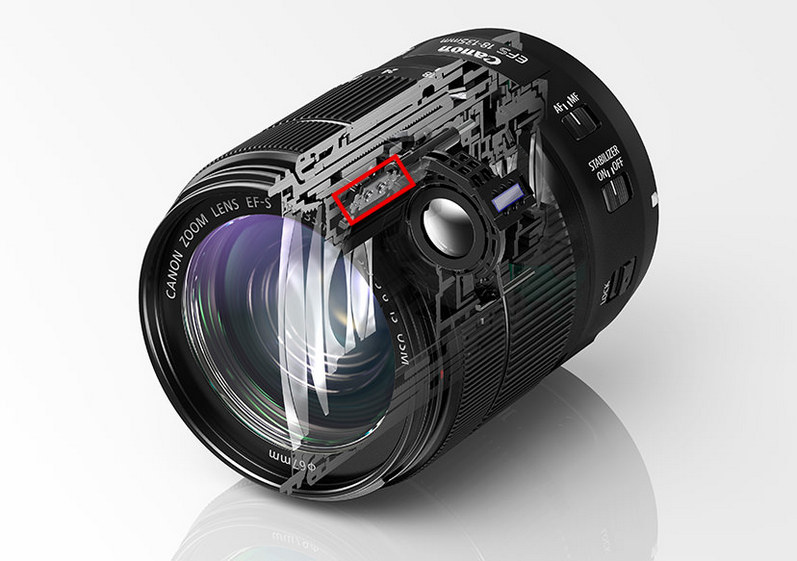
Pros and cons of using piezoelectric (ultrasonic) motors
When it comes to precision control (that being an nm-range for positioning of closed-loops), efficiency, and quality, piezoelectric (ultrasonic) motors are, so to say, the cream of the top most desirable systems. That is true not only for today’s modern technological developments in the world’s essentially dominant fields but also for numerous years to come. And although the piezo effect was first discovered as long as 140 years ago, tons of thorough research, testing, and development in this relatively short time have allowed ultrasonic (piezoelectric) motor workings to revolutionize the way that much of medical, scientific, military, and cinematic equipment works today. In the meantime, several other expected areas of use will include video recording, CD positioning units, cheque card feeders for ATMs, reading heads/drive writers for DVDs, and additionally scanners. The use of piezoelectric (ultrasonic) motors has not only played a major role in the creation of the first underwater submarine detection systems during WW1 and 2, but at the same time, it was also used to push the boundaries of television, radio, and communication sectors into the future that it is now. And most importantly, today it helped bring companies such as Canon Inc, Nikon Ltd., Sony Corporation, Physik Instrumente (PI) GmbH Co., Elliptec (a daughter company of Siemens AG), and research groups like Society of Photo-Optical Instrumentation Engineers (SPIE) to where they are now, the top of their industries market competition.
With a rare capability combination of high positioning precision, accurate operation in strong magnetic fields, easy position stability, and the unique possibility to take on small sizes and unusual shapes (for example thin rings), piezoelectric (ultrasonic) motors quickly became an irreplaceable part of many mechanisms. Both, the linear and rotary piezoelectric motors check all the boxes and put them at a great advantage against traditional electromagnetic motors as they do not need to be geared, they provide effective outputs and high torque without the input of extra sources of energy, they need less packaging space, and have no backlash. A few examples of such motors are as already mentioned ultrasonic motors (both standing wave and traveling wave categories), stepper and slip-stick motors, and inchworm motors. Rotary and linear drives are both already available for purchase, however, several hundreds of unique prototypes have already been proposed, drives with multi-coordination abilities are under intense development processes by numerous companies worldwide.
 Develop an ultrasonic motor for any purpose with our help
Develop an ultrasonic motor for any purpose with our help
So now that we’ve mentioned the above, let’s take a look at what all of this could mean for you. At ADUK GmbH, we always strive to give our support and knowledge to new startups and dreamers with big ideas who are trying their best to reach new heights and accomplish new achievements. That being said, if you feel like you too are as passionate about participation in the creation and advancement of modern technologies then you’ve come to the right place.
Our team has extensive experience in developments of various kinds of hardware, software, and firmware. Our staff has been exposed to an impressive amount of projects in all types of fields and throughout this whole time, we have acquired an astonishingly wide range of unique and helpful skills and expertise. ADUK GmbH is a custom development company that heavily occupies itself with and easily leaps over challenges of, embedded software, firmware, and hardware design, testing, and development, electronic engineering, and embedded Linux development. We are on the constant lookout for new opportunities and are always ready to provide our best sets of skills and knowledge when you decide to reach out and trust us in search of help with the development of an ultrasonic motor.
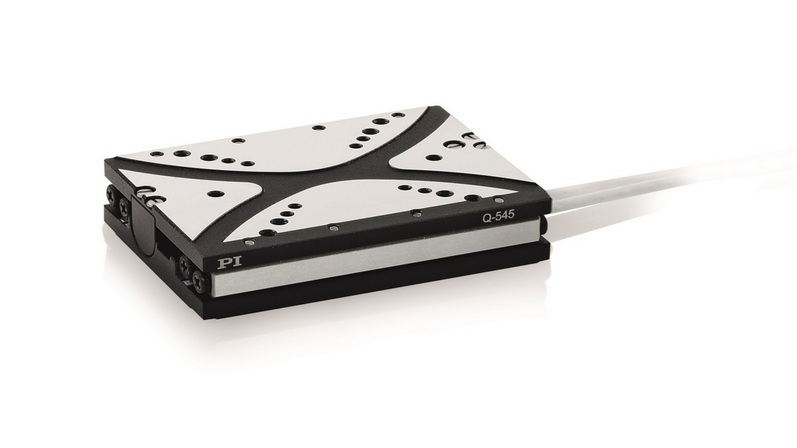 With a very wide price range pre-made ultrasonic motors can cost anywhere from two thousand Euro (for a smaller Q-545 Q-Motion® Precision Linear Stage as reference) to as much as five thousand Euro (for a standard-sized U-723 PILine® XY Stage as reference). Sizes can also vary depending on the model; a piezoelectric motor can be anything between 22 mm x 22 mm and 45 x 48 x 15 mm (W x L x H). At ADUK GmbH we make sure to provide the best custom motor creation services with various standards and dimensions, and if you have any specific cases, details, and measurements which you have to follow then we are always open to discussions.
With a very wide price range pre-made ultrasonic motors can cost anywhere from two thousand Euro (for a smaller Q-545 Q-Motion® Precision Linear Stage as reference) to as much as five thousand Euro (for a standard-sized U-723 PILine® XY Stage as reference). Sizes can also vary depending on the model; a piezoelectric motor can be anything between 22 mm x 22 mm and 45 x 48 x 15 mm (W x L x H). At ADUK GmbH we make sure to provide the best custom motor creation services with various standards and dimensions, and if you have any specific cases, details, and measurements which you have to follow then we are always open to discussions.
At first, it might seem hard to believe. And if that is the case then don’t wait up, contact us via email at info@aduk.de or give us a call at +49 89 57878889 and let us know about your revolutionary idea. That way we will be able to provide you with all of the necessary prices and details, an extensive portfolio full of our most relevant projects and accomplishments, and even consultation in order to allow us to get started working side by side.
Recent Posts
- What Is an Exoskeleton Suit?
- Where can you use an ultrasonic motor?
- Smart Camera: System That You Can Use for a Wide Variety of Purposes
- Why Is the Smart Toothbrush Better Than a Regular One?
- Microcontrollers: An Integral Part of Embedded Hardware
- Air Quality Monitoring System: Why It’s So Important in Modern Realities
